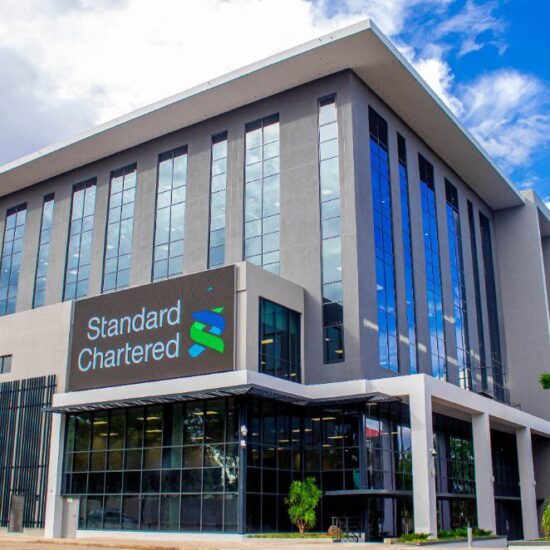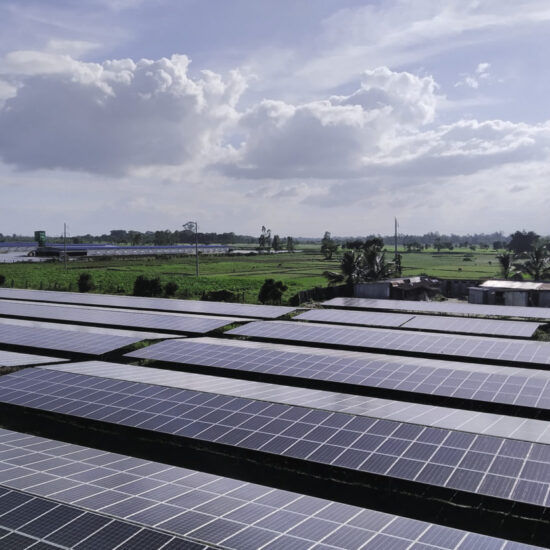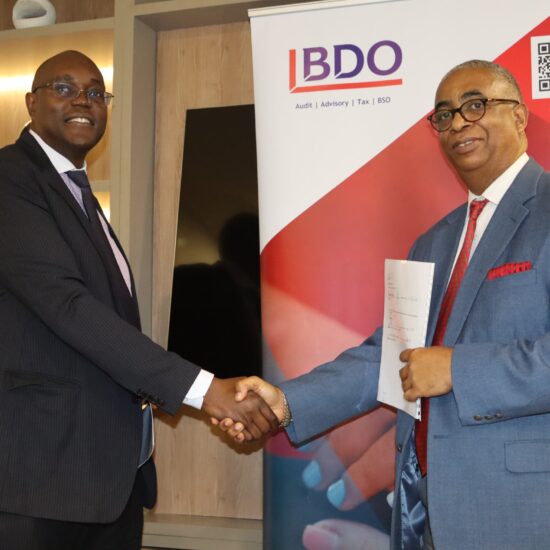
Indo Zambia Bank – IZB has defended it’s quarter three (3) 2023 record of having posted higher earnings from securities than the core business of making loans.
Indo Zambia revealed that despite posting higher earnings from securities than loans, the bank has posted the second-highest loan-to-deposit ratio among the top 10 banks in Zambia, at the end of Q3 2023.
According to the latest Q3 quarterly results seen by the Zambian Business Times – ZBT, IZB’s loan-to-deposit ratio stood out in comparison to its peers, some of which seems to also have concentrated more on investing in government paper at the expense of banks core business of raising deposits and making loans.
The Indo Zambia bank’s management team is confident that it can continue to grow its loan book while maintaining a strong liquidity position and upholding its commitment to responsible lending practices.
Responding to ZBT on why the Bank is not channeling more funds into the local market through making more loans and advances as opposed to locking more funds in Government and other securities, the bank’s Managing Director Kowdichar Shashidhar revealed that the bank’s deposits consist of both long-term and short-term deposits, with various tools and benchmarks employed to ensure that funds are channeled into the local economy through loans, while also meeting the liquidity requirements of depositors.
Shashidhar told ZBT that “the composition of the Bank’s deposits consists of both long-term and short-term deposits, the latter of which is available for removal/withdrawal by the respective depositors, on demand. As a result of this, the Bank has various Asset-Liability management tools and benchmarks that it employs to ensure that it is able to channel funds into the local economy, by way of loans, as well as meet the liquidity requirements of depositors, when called upon.
The Indo Zambia MD further stated that there are also regulatory requirements on the amount the bank is able to lend in relation to its deposits.”
The Loan to deposit ratio – LDR is generally considered to be the amount that a bank invests into the society in which it generates its deposits. It is therefore critical for economic development that banks post a healthy loan to deposit ratio that can support and fund innovation and business growth.
A review of the Indo Zambia balance sheet further revealed that the Bank’s Q3 loans-to-deposit ratio was about K4.8 billion to about K10.5 billion i.e. 46% of deposits are used to make loans which is below 50% threshold needed to inject a multiplier effect into the Zambian economy.
Shashidhar however said that regulatory requirements limit the amount of lending the bank can do in relation to its deposits. The bank has a commitment to its depositors and shareholders, including the government of Zambia.
The Indo MD explained that the Statutory Reserve ratios (SRR) require the bank to reserve a percentage of its deposits with the Central Bank, which is not available for onward lending or investment. “As of Q3, SRR was 11.50% and has subsequently increased to 14.50% and now at 17%, which denotes that the Bank will be required to increase the number of its deposits which will be held in reserve with the Central Bank, and thereby reduces the amount that will be available for Lending.”
He said Considering the regulatory environment, as well as liquidity considerations highlighted above, it may be noted that at the end of Q3, IZB had the second-highest Loan to Deposit Ratio amongst the top 10 Banks in Zambia, which may be considered a clear indication of the bank’s commitment to supporting the local economy.
He added that the bank has a responsibility to ensure that its Lending decisions are prudent and well-judged. “The Bank’s commitment to Shareholders and Depositors is therefore best demonstrated by the Quality of Lending, and the Quality of the Bank’s Loan Portfolio.”
Shashidhar said It may however be noted that the Bank’s investments in Government securities also provide support to the Government for various activities such as social spending on healthcare, education, etc, which is also essential for the local economy.
He told ZBT that regulatory requirements limit the amount of lending the bank can do in relation to its deposits. The bank has a commitment to its depositors and shareholders, including the government of Zambia.
Asked if it’s ndo Zambia strategy to be earning more from investments in securities [about K260 million] and only about K179 million from banks core businesses of loans and overdrafts as the bank seems to be more concentrated on investment in government securities [which results in crowding out effect] than the actual business of lending?
Shashidhar responded that the bank’s long-term strategy is to grow its loans and advances as part of its core activities.
The Indo MD defended the banks record stating that “the bank saw a 14% growth in loans and advances by Q3, with a further increase to 32% when considering the bank’s performance up to October 31, 2023. However, there was a decline in investments by about 13% by Q3”.
Most banks in Zambia are currently using their deposits generated from the market and investing them mostly into government securities resulting in low availability of funds available for investment for firms.
The Government is simply crowding out the private businesses and firms, a situation that is not ideal for supporting private sector led economic growth.







